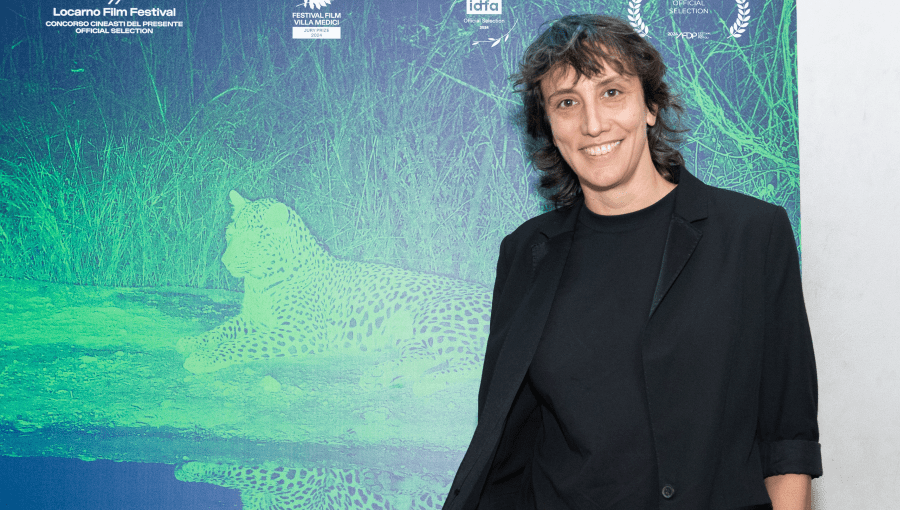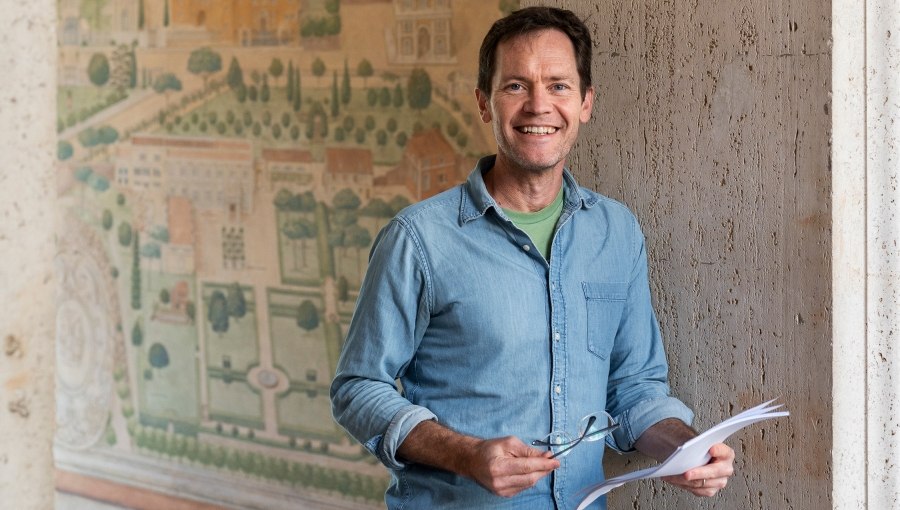Photography as a Way of Life: Professor Paolo Soriani
Professor Paolo Soriani is a professional photographer who focuses on portraits and fashion. He has held seminars and courses on photography at the Art History Institute of the University of Rome “La Sapienza” and at the Roman branches of Iowa State University. He joined JCU’s Art History Department in 2006, and he is currently teaching Travel Photography. Professor Soriani recently received an Honorable Mention in the Annual Photography Awards’ Portrait Series for his work “Take a brush and paint your music.”
Congratulations on receiving an Honorable Mention in the Annual Photography Awards’ Portrait Series for your work “Take a brush and paint your music.” Tell us about your project.
These portraits are the result of a three-year project about jazz musicians. I took the pictures in a painter’s studio in Orvieto, in the Umbria region. Every musician has his/her color palette, shadows, and light. The challenge was to take these artists out of their environment, the stage, and see their reactions, interactions, and improvisations in this new space, the painter’s studio. All their behaviors are spontaneous and improvised. Without their instruments, the musicians expressed their personalities through their bodies and some props found in the studio. Photographers, musicians, and painters interacted and combined their arts in a kind of trio of improvisations, maintaining the spirit of jazz. The project became an exhibit in 2015 during the Umbria Jazz Winter Festival.
How did you become passionate about photography?
At first I wanted to become a musician, then, when I was 11 my father gave me a camera. I started taking pictures for fun and I had my first darkroom at 14. After studying music for three years, I understood it wasn’t for me. After graduating with a degree in Art History, I realized that photography was my passion and I pursued a career in this field.
You’re currently teaching Travel Photography at JCU. What’s the most important thing to keep in mind when documenting places, people and traditions? What makes a good photograph?
Photography is a way of life. I believe that a photographer has to be more than just an observer. He has to become part of the environment he is going to photograph. Experience is a fundamental element to becoming a good photographer. Observation, interaction, organization of storytelling, knowledge of the photographic language, culture, personal perspective, and a lot of passion are essential. I grow every semester with my students, as both they and I are enriched by new experiences.
What tips and advice would you give to aspiring photographers?
There are no tips or advice that work because photography is strictly personal. A teacher has to guide each student to the discovery of his/her own personality and qualities. I try to provide knowledge and let the characteristics of every student develop to become their own style, expression, communication. For me teaching is a one-to-one experience.
Any future projects?
I created a format on Facebook called “Tea and Portrait” where I interview musicians, visual artists, and cultural operators to discuss what the future of the arts will be after the pandemic and to make projects and new challenges.
I am going to begin a new project about sustainable farming in Tuscia, an area between the Lazio, Umbria and Tuscany regions. In this area, organic agriculture and biodiversity are threatened by multinationals that use glyphosate and other poisonous chemicals that are dangerous for the environment, water sources and health of human beings. There are farmers’ communities fighting against this sort of land grabbing, and I am going to tell their story by making a video documentary and a photo book. I would like to involve JCU, and I hope to receive some requests to collaborate and improve this project called “Stories of Land and Water.”








